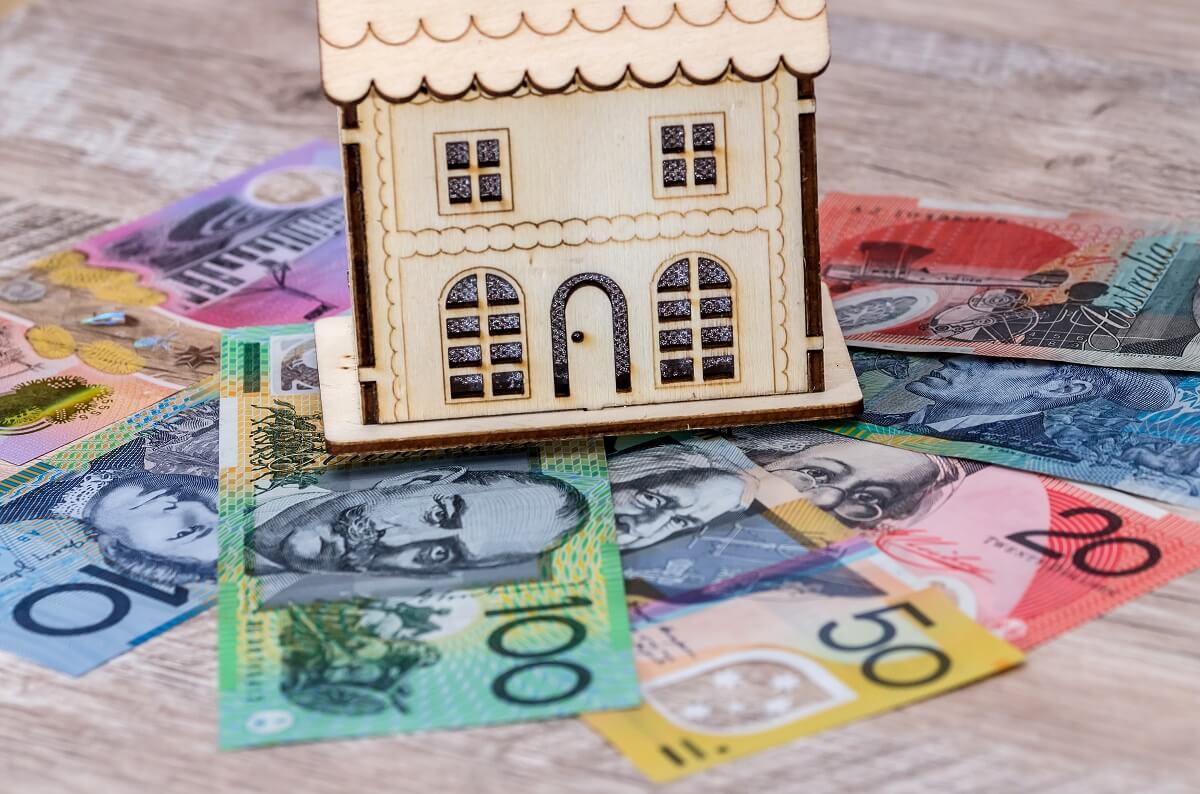With inflation at a 30-year high, more and more older Australian homeowners are accessing a once spurned measure to meet increased living costs or to lift the standard of their retirement.
Rising costs are eating up nest eggs faster than in previous years, forcing more to take out a reverse mortgage.
A reverse mortgage is a loan available to people aged 60 and over that allows them to borrow against the equity in their home. The loan does not need to be repaid until they move out, sell the home or die.
Loans can be taken as a lump sum or as a series of regular payments.
The amount that can be borrowed is usually tied to your age, for example a 60-year-old may be able to borrow 20 per cent of a home’s value, while an 85-year-old may be able to access a higher percentage.
Not all banks offer reverse mortgages. In fact, none of Australia’s big four banks offer the loans; rather they are offered by specialist investment groups.
Dr Joshua Funder, CEO of Household Capital, told the Sydney Morning Herald there was a growing awareness of reverse mortgages as a way to maintain or increase retiree income in difficult economic times.
“The volume of our portfolio has grown 100 per cent year-on-year, despite interest rates being unprecedented in their rise in the last 30 years” he says.
Dr Funder says rather than taking out large lump sums to cover a big one-off purchase such as a boat or holiday, most applicants he’s seeing are being extremely cautious with how much they’re borrowing.
“We’re seeing people be very careful about meeting their non-discretionary needs and cost-of-living increases, and leaving themselves home equity that will be available in the future to meet their needs regardless of interest rates and home prices,” he says.
Sharon Yardley, head of operations for Heartland Finance, says her company has seen a quadruple increase in customers accessing reverse mortgages to cover living expenses in the past 15 years.
“We now have record numbers of customers who are using a reverse mortgage to provide an extra income stream, to pay bills, for other living expenses and ongoing needs,” she says.
In addition to private lenders, there is the federal government’s Home Equity Access Scheme, which is essentially a reverse mortgage, but backed by the taxpayer.
Figures from Services Australia show the number of people accessing the scheme has more than tripled over the past three years.
While these schemes can undoubtedly provide people with extra cash in retirement, you are effectively giving up part of your home’s value, which will affect inheritances.
A major drawbacks of a reverse mortgage for some is that it can affect eligibility for the Age Pension – depending on what you spend the money on.
If you are considering applying for a reverse mortgage, you should seek qualified financial and legal advice.
Do you have a reverse mortgage? Would you consider one? Let us know in the comments section below.


we asked the bank to relook at our interest rate and come up with a better deal. So they changed our ‘package’. Surprise to us: the new mortgage – different amount – was extended by 10 years. so now I will be 91 when the house is paid off. This smells like a ‘reverse mortgage’ but definitely not sold to us as one. certainly makes the repayments easier, but the interest rate did not drop enough to make it worthwhile.